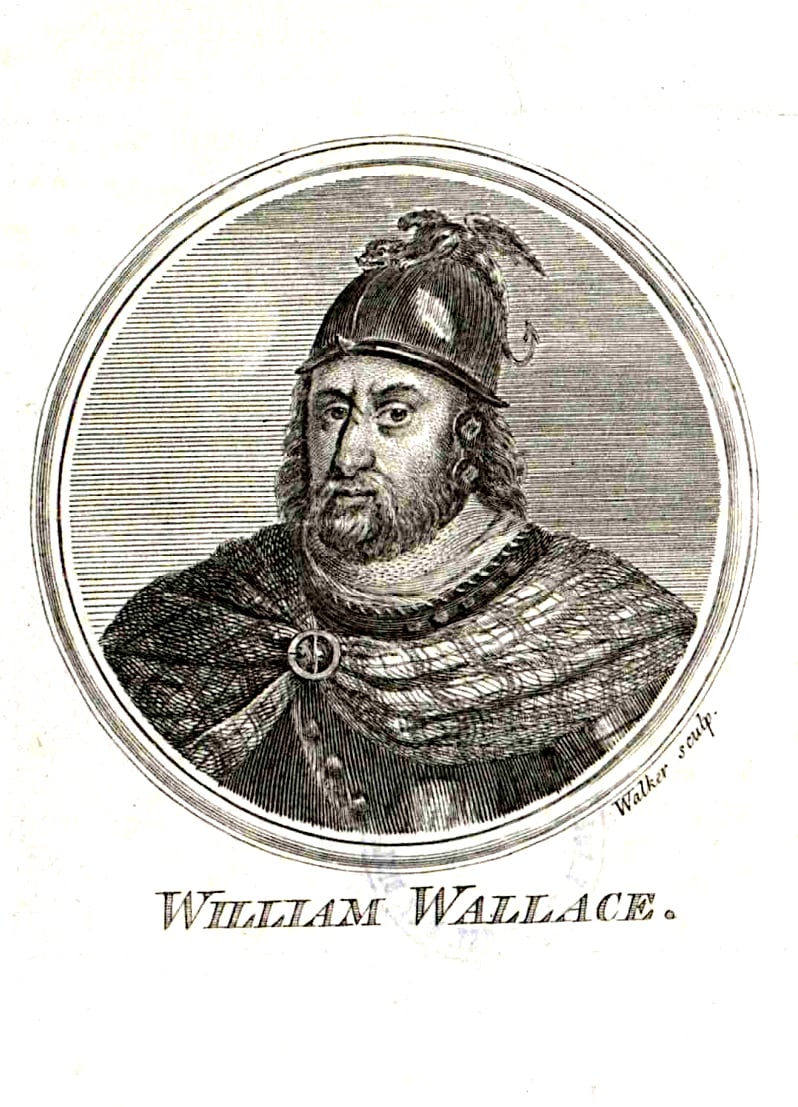There’s nothing super special about this print in particular compared to what people usually post here, just a simple Santa figurine requested by a makerspace patron. However, it’s made from 100% pure PHA (polyhydroxyalkanoate), a natural polyester byproduct of common soil bacteria. Unlike PLA, it is fully home compostable. It can break down in any biome, in a very reasonable timeframe. Also unlike PLA, you can make it by feeding the bacteria stuff like old fast food fryer oil, and other waste products. The print settings are pretty similar to PLA, but it has some significant differences in material properties, like being less brittle.
There aren’t a whole lot of people making 100% PHA filaments, but if you can find it, definitely give it a shot! It’s our staple filament at the makerspace I work in. Hopefully this doesn’t sound too much like an ad or something, I just really like this stuff and want it to catch on.
Oh also! The flexible version looks and feels really neat if you run it through a vibratory tumbler:

Jesus christ that’s a horrifying gaping maw that santa has!
LOL I thought the same thing! Santa ḩ̶͑͠ͅȕ̸̢̫͐͒n̴̠̍ḡ̷̢̼͈͊̌͠é̶̡̘͚͔͛̕r̸̘̱̄̇́ś̴̽͜
Merry Christmas and Happy Yonica!
Man, I love PHA, at least the idea of it. I have an unopened roll of it lying around because I’m afraid to waste it. I’ll give it a go on my next print. It’s unfortunate that it’s still hard to find and a bit expensive. All hail PHA!
The few reviews I’ve seen of pure PHA filaments usually are pretty bad and many mention very bad warping issues with none of the usual tricks helping significantly. How easy is it to print compared to regular good quality PLA? What brand are you using?
The thing about the warping is, while most settings are nearly exactly the same as with PLA, there’s a few things that have to be the exact opposite. Once you get done fiddling with it, it actually prints like a dream. We even use it as our default material unless somebody requests otherwise. If it was unprintable, we wouldn’t be able to do that. Some stuff we’ve learned:
- Bed temp turned completely off!
- Use a fresh layer of a good 3d printing adhesive. (If your adhesive is heat activated, 35C should roughly be enough to activate without messing with the PHA)
- If you have an enclosure, open it up as much as possible. I noticed I have a lot more warping in my enclosed printer than my unenclosed one.
- Try out a few different fan settings. I personally have better luck with less fan.
- Put a big giant brim on it. Maybe even one made out of a different material than the object itself, if you’ve got dual extrusion.
- The higher the infill percentage and the more solid bottom layers there are, the more it will warp. So avoid that where possible.
- Most slicers probably already print the first layer at a chunkier line width than the nozzle size, but feel free to jack up the line width even more.
- Set the first layer pattern to concentric or Hilbert curve, evens out the distribution of forces that cause warping.
- Finally, if all else fails… Rotate the object until it’s sitting on a really impractical edge, then print it in sort of a “cradle” of support material. BVOH or PVA if you’ve got it. Basically make as little of it touch the build plate as possible? I don’t like this option because it requires dual extrusion and is pretty wasteful.
That all probably sounds pretty extreme but honestly these are worst case scenarios? Normally it just works. Maybe part of this also comes down to the fact that all the people making it have been refining their product for a while now to deal with the notorious warpy-ness, so it’s just not as bad as it used to be. We’ve used every brand we can find, Colorfabb’s AllPHA, Beyond Plastic’s BioPHA, Bosk’s Regen, they’re all pretty comparable. Here’s a vid of another PHA print in progress right now, one where we really didn’t even follow most of those tips above, and it’s going fine. It’s the second one of these.
Yeah you’re right, that really doesn’t sound like it’s anywhere remotely close to as easy as printing as PLA.
I disagree, but sometimes… difficult things are worth doing? It’s not like we randomly decided to use it for no reason afterall.
Compared to just selecting a printing temp around roughly 200C, setting plate to 60C and putting cooling on full blast, which is what almost all PLA prints well with IME, PHA seems much more finicky from what you’re describing. I’m not saying it’s not worth it, but it sounds like it requires much more tuning before you get decent results.
Ohhh sure yeah, up front it does! There’s definitely some work to get it figured out the first time, that’s very true. It took us a while to iron out the settings. Once you get that stuff worked out though, from then on it’s pretty smooooooth.
Oh, I should also have mentioned in the original post! Most of these pics/vids are of stuff printed on a low end printer with 0.6mm nozzle, not using high resolution settings. It’s all just stuff our patrons have requested, who are more interested in getting it soon than it looking SUPER nice. It can absolutely be printed with super high detail in mind instead.
What is a reasonable time frame exactly?
Depends on how thick it is and what biome it degrades in, but in my compost it seems pretty comparable to wood?
Looks interesting. My primary focus is on engineering materials, but I’d love a truly biodegradable draft filament and I’m willing to put in a bit of time working out how to make it work with my equipment. Looking at Colorfabb’s site, it appears they only sell it in 750g spools which is incredibly frustrating considering my intended use. For a draft filament, the bigger the roll, the better!
Even for non-draft, 3kg+ or bust! I tend to make bigger prints and running down spools is a pain.
Sounds like it’s fine for decorative pieces but less so for items that require strength if you need to place severe limits on top and bottom and perimeters plus infill.
That’s just if you’re having too much trouble with warping, which we generally don’t, and it doesn’t apply to perimeters or top layers, just bottom layers and infill. We’ve printed plenty of parts near solid with no issue at all. In addition, PHA is inherently more durable than PLA anyway.
What brand do you use? Where do you buy? On what continent are you sitting?
We’ve tried every brand I can find, like Colorfabb AllPHA, Beyond Plastic BioPHA, and Bosk Regen. We usually order directly from them since it’s hard to find in a distributor, but we’re in the Northeast U.S.A., so it’d be really nice if anyone was making it around here.
Thanks for that list. I have AllPHA. Will try it out soon. Is it very hydrophilic?
It doesn’t seem to be, or if it is, it’s in a very different way. A lot of other materials seem to get more brittle in humidity, but I haven’t noticed that with PHA.




